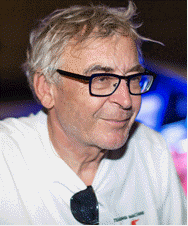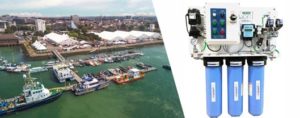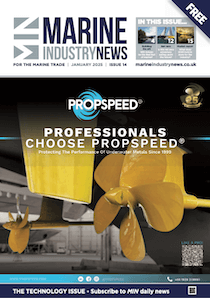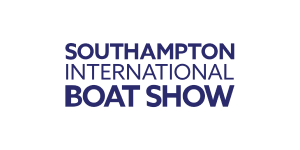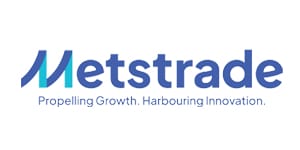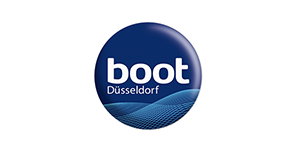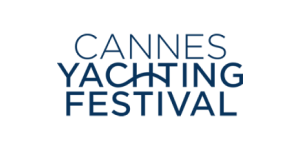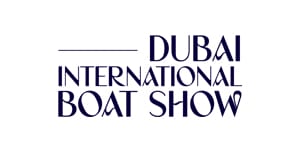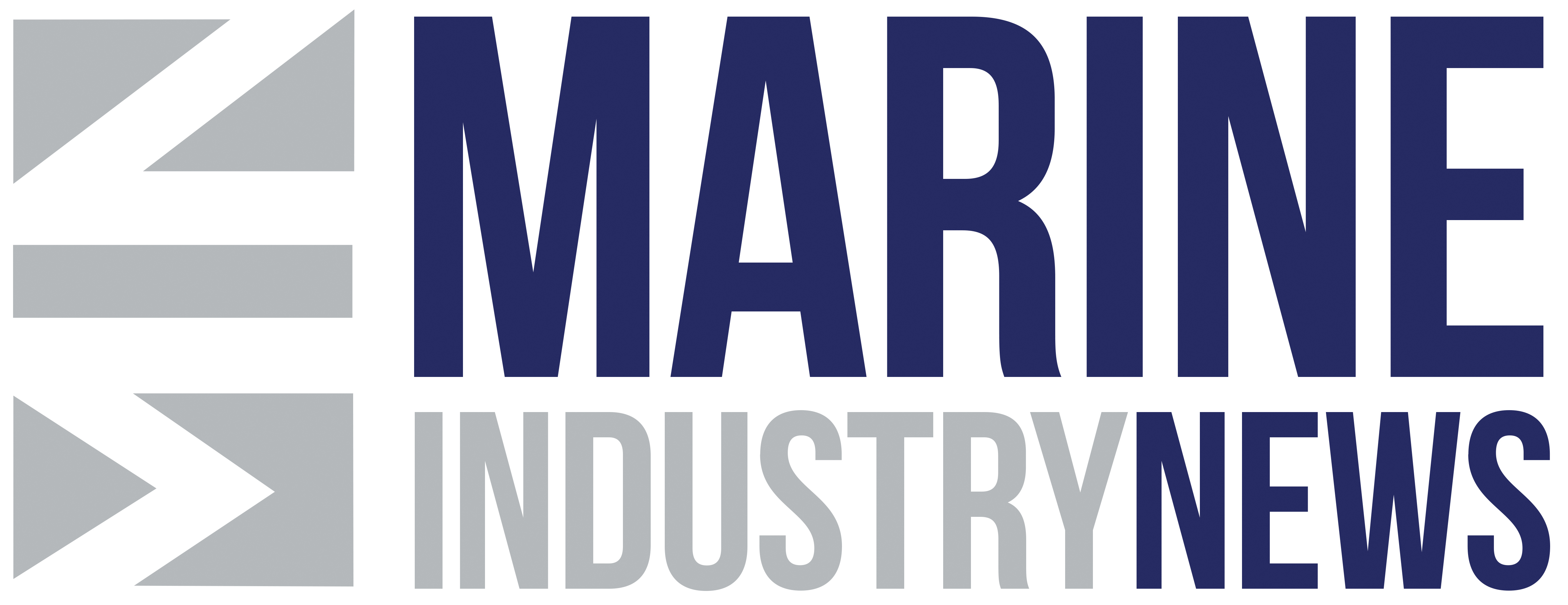Pursuing a passion for offshore racing
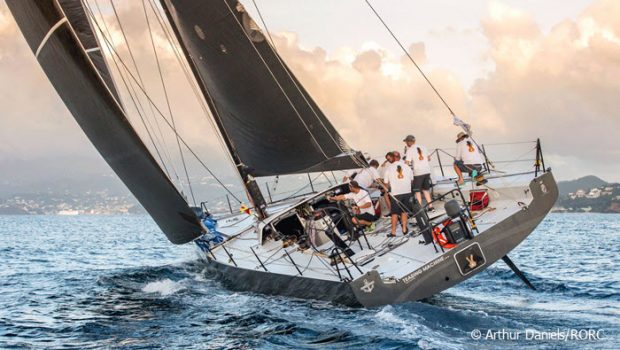
You have to take your hat off to Eric de Turckheim. Having grown up in a sailing family in France, he fantasised from an early age about offshore racing. Now after forging a hugely successful business career, he’s quite literally living his dream through his series of Teasing Machine yachts.
“The Sydney Hobart was the child’s dream I had in the 1970s,” says de Turckheim, now 68. “I would see all the guys going off to do it and I was thinking ‘one day, if I can, I would love to do that race.’” And so, he has.
After returning to competitive yachting in 2009, he raced his first Rolex Sydney Hobart in 2015 and was leading until falling becalmed on the Derwent River just short of the finish line. He returned again last year and, despite the race being on the other side of the world from his native France, he plans to return for a third attempt this year.
Offshore racing is de Turckheim’s passion, and when it comes to such events, there are none that have such a long, rich history, combined with potential severity, as the Transatlantic Race 2019 which starts June 25.
Organised jointly by the Royal Yacht Squadron, New York Yacht Club, Royal Ocean Racing Club, and Storm Trysail Club, this event is a direct descendant of the first great transatlantic ocean race held in 1866 and the subsequent race for the Kaiser’s Cup in 1905, famously won by Charlie Barr on Wilson Marshall’s three-masted schooner Atlantic, whose course record stood for 75 years until it was broken by Eric Tabarly.
One hundred and fifty-three years on, the 2019 edition will be the 31st transatlantic race organised by the New York Yacht Club.
Few boats in this year’s Transatlantic Race are expected to be more competitive than Teasing Machine, de Turckheim’s two-year-old Nivelt/Muratet-designed custom 54-footer. In fact, if Mother Nature smiles on the 50-footers then Teasing Machine could well take home overall honours.
In 2017, after coming home third in the brutal Rolex Middle Sea Race, she won the RORC’s Transatlantic Race from Lanzarote to Grenada. She followed that up with a third place in last year’s race from Bermuda to Hamburg. These two events formed the Atlantic Anniversary Regatta, which Teasing Machine won outright.
Born into a sailing family, de Turckheim has the sea in his veins. His mother Tonia was a member of the Royal Ocean Racing Club and raced offshore during the late 1960s and early 1970s. His first experiences on the water were at age six, sailing from the family home on Île de Ré, close to La Rochelle, France.
He sailed dinghies throughout his youth before moving into offshore racing at age 18. But then, in 1976, he was forced to set aside his passion to complete his French national service obligation. That was followed by a meteoric professional career that saw him co-found Trafigura, which today is one of the world’s leading independent commodity trading and logistics houses.
In 2009, having cast off many of his corporate shackles, de Turckheim returned to sailing aboard a Melges 32, which he raced for three seasons, but his passion for offshore racing soon prevailed.
He teamed up with another Ile de Ré resident, Volvo Ocean Race winner Laurent Pagès (Groupama 4, 2011-12) and old friend Bernard Nivelt, who designed one of his mother’s yachts. They would create the one-off A13 from Archambault, a 43-footer that was campaigned both incessantly and successfully.
Two years ago, de Turckheim returned to Nivelt and design partner Alexis Muratet for his present Teasing Machine, a one-off 54-footer built at King Marine in Spain. Her overall victory in the Atlantic Anniversary Regatta is proof that the powerful hull shape with soft chines is properly optimised for crewed offshore racing.
Above the water she does resemble the recent Volvo Ocean Race yachts, with a similar deck layout and twin companionways with the pit in between. But significantly she is designed to the IRC Rule, with the most major area of optimisation being her keel. Not only is this fixed but it also lacks a ballast bulb. Indeed, she is fitted with an old school, but IRC-friendly, heavy fin keel.
“It is very interesting to make a development of this type, because obviously you have the IRC Rule and you have a competitive environment in which you try and position yourself. It is always fun to develop a prototype,” says de Turckheim.
“Being an IRC boat, you have two ways to do it,” says project manager Laurent Pagès. “You can go for maximum performance, but with maximum penalty. Or you go the other way and try to minimise your penalties and get the best balance. Eric and I found it interesting, to try and make something perform but in a different way.”
Teasing Machine, however, is not a stripped-out racer. “She is not a cruising boat, she’s a racing boat, but quite comfortable,” says de Turckheim. “You have hot water, an oven, two fridges. It is a very racy when you look inside, but it is really comfortable to use in terms of the bunk system, ability to cook, have a shower. The small details you don’t find on a race boat.”
On board with de Turckheim and Pagès is another ex-Volvo Ocean Race sailor, Italian Gabriele Olivo, who is the only non-French crewman. The majority of the rest of their crew are Corinthian, with around half permanent or quasi-permanent.
Despite his many miles raced offshore, de Turckheim has never sailed across the North Atlantic Ocean on the course of the Transatlantic Race. But his experience reminds him of the old adage, to finish first, first you must finish.
“The difficulty is that you have to start fast, you don’t want to lose any ground, but you have to protect the boat. In the Newport-Bermuda, we lost two spinnakers in the first 24 hours.”
For his part, Pagès remembers the challenging Boston to Galway leg of the 2008-09 Volvo Ocean Race aboard Telefonica Blue.
“That was in June, too,” says Pagès. “The northerly route is very demanding for the crew. It can be windy, pretty rough and the first part especially can be cold. It was a very interesting leg with a lot of things to deal with in terms of current, strategy and position.
“There’s the chance to see some high pressure, but I think we can hope for a fairly fast crossing of around eight to 11 days. So, you need a good dynamic in the crew and to get straight into the right rhythm and keep focused for the duration.”
Background
The Transatlantic Race 2019 starts June 25 for the 2,960-nautical-mile course from Newport, R.I., to Cowes, England. The race is organised by the Royal Yacht Squadron, the New York Yacht Club, the Royal Ocean Racing Club and the Storm Trysail Club.
Pre-start activities will take place at the New York Yacht Club’s Harbour Court clubhouse in Newport, while awards will be presented at the Royal Yacht Squadron’s Cowes Castle clubhouse on the Isle of Wight.
The race is a direct descendant of the first great transatlantic ocean race, which started from New York Harbour on December 11, 1866. The 2019 edition will be the 31st transatlantic race organised by the New York Yacht Club with the fleet to start off Castle Hill Lighthouse.
Story by James Boyd. Published in Scuttlebutt, Source: New York Yacht Club
